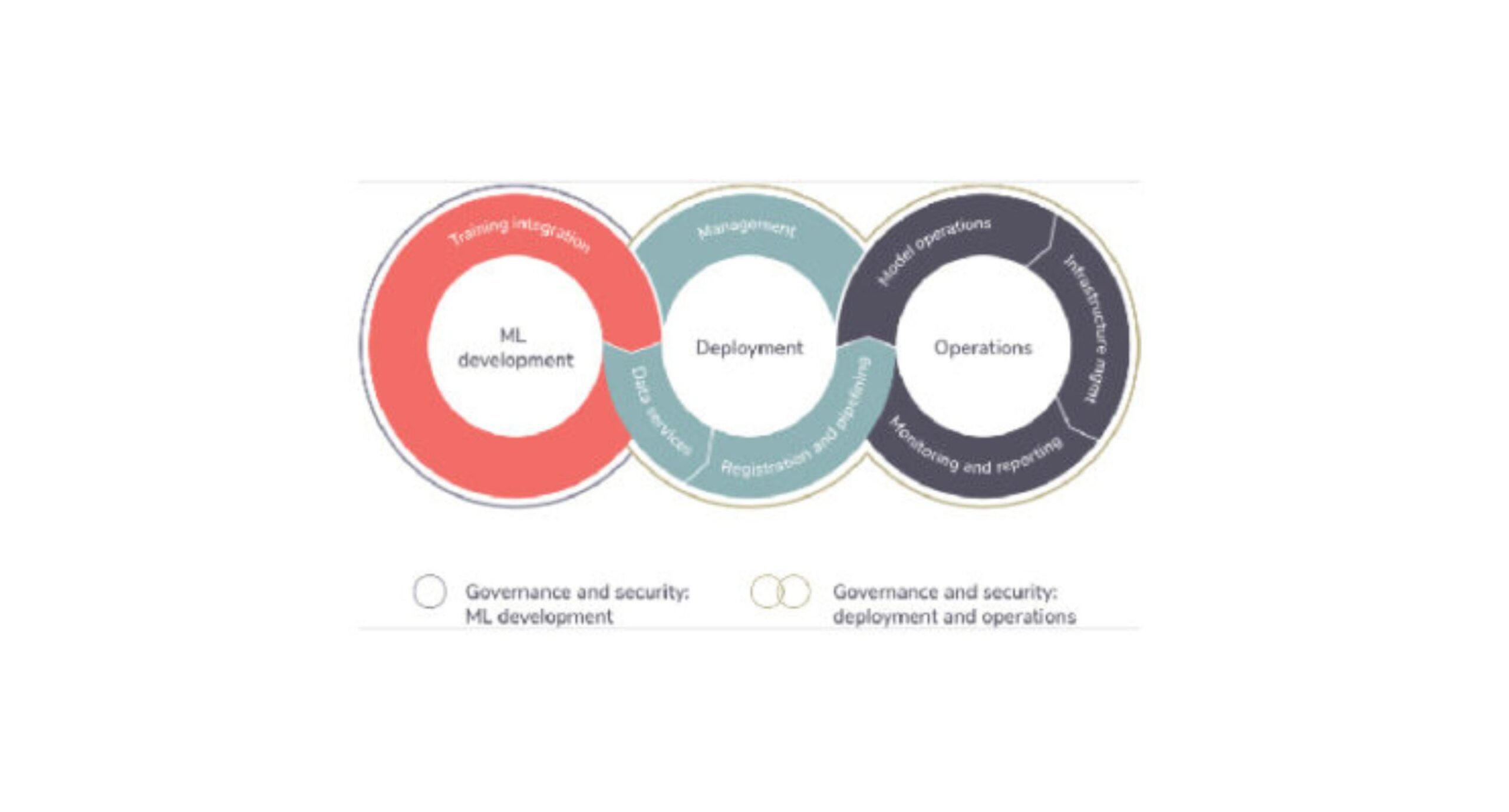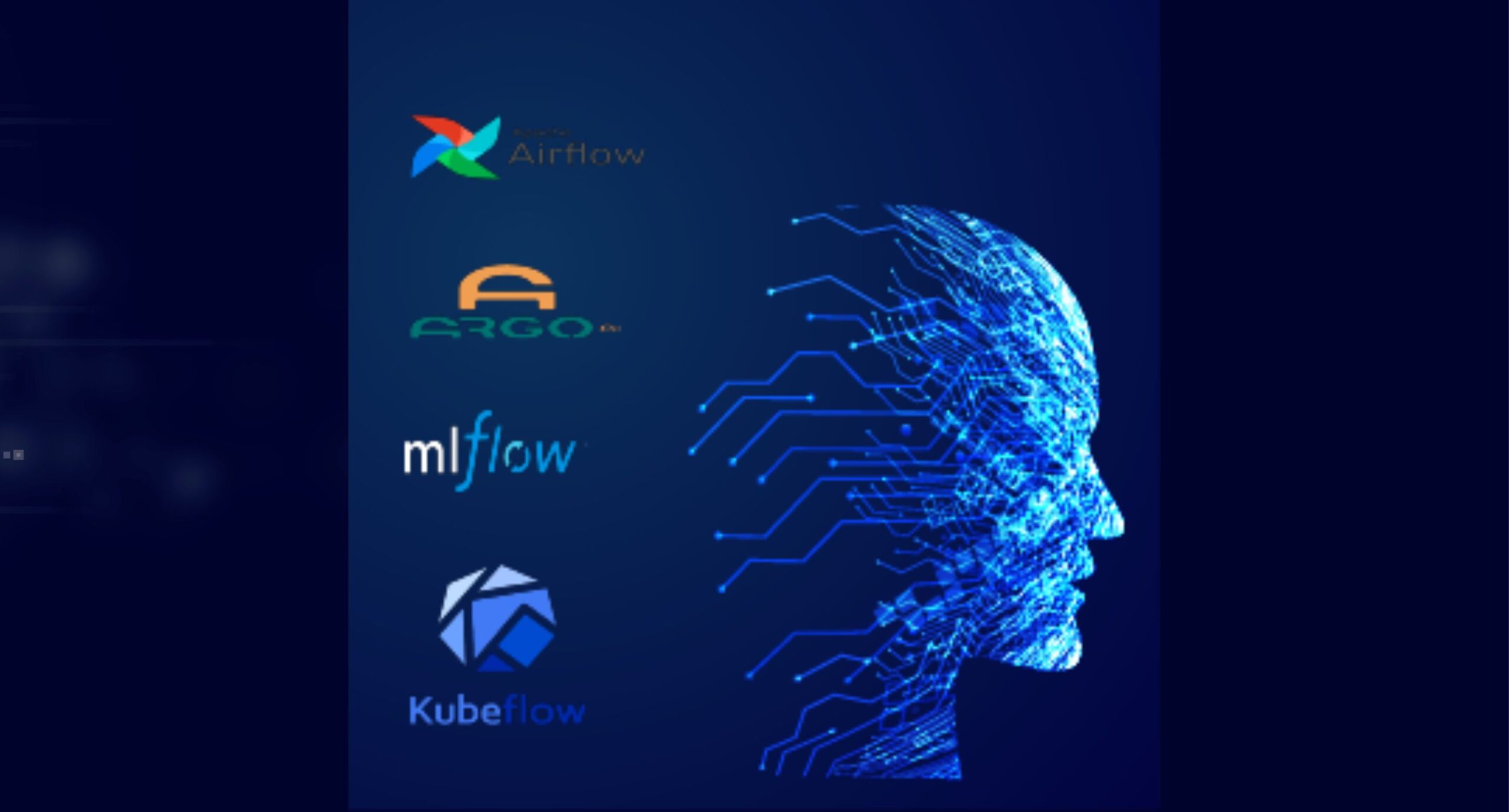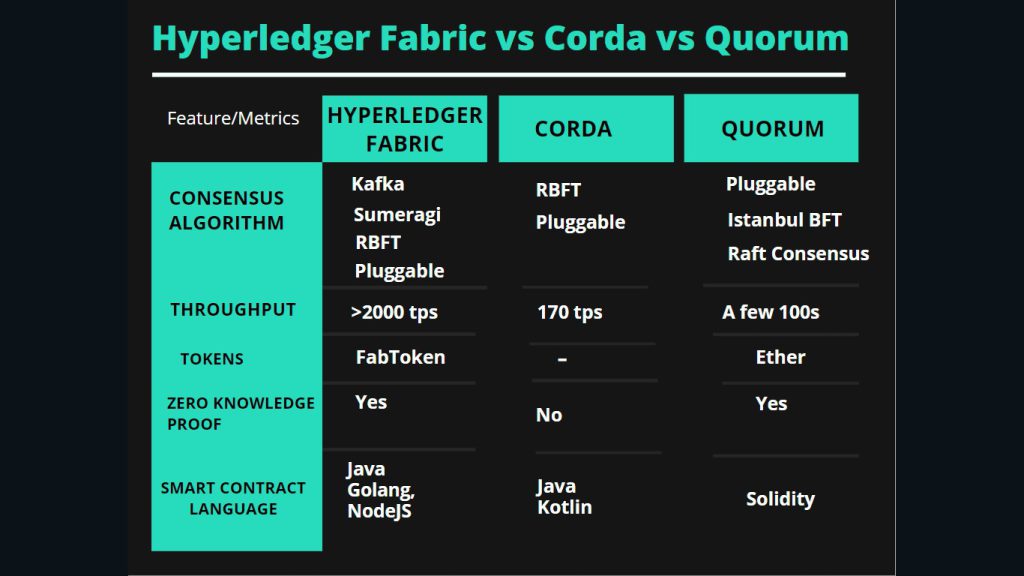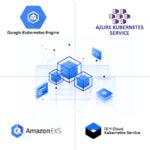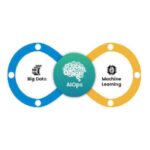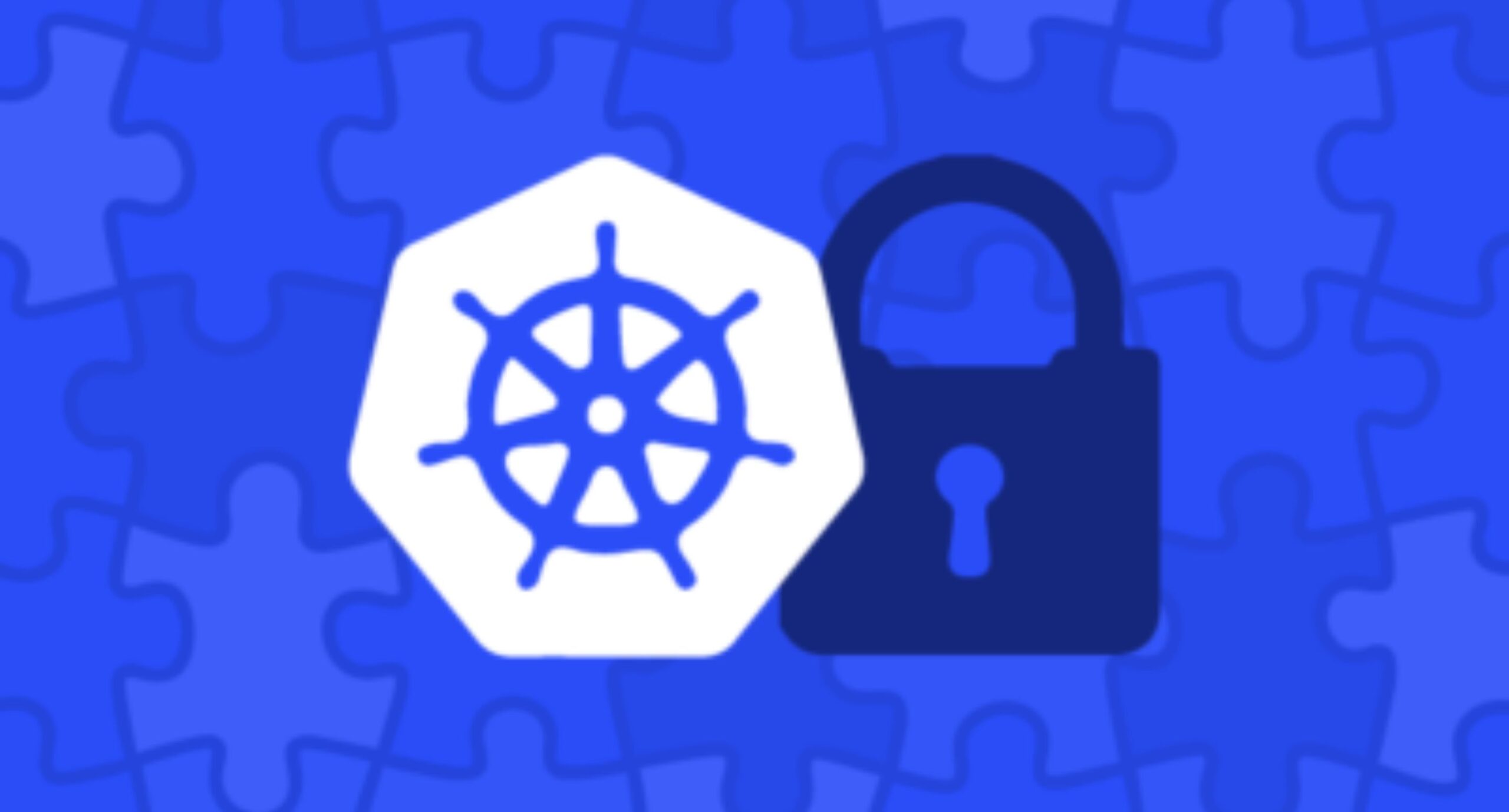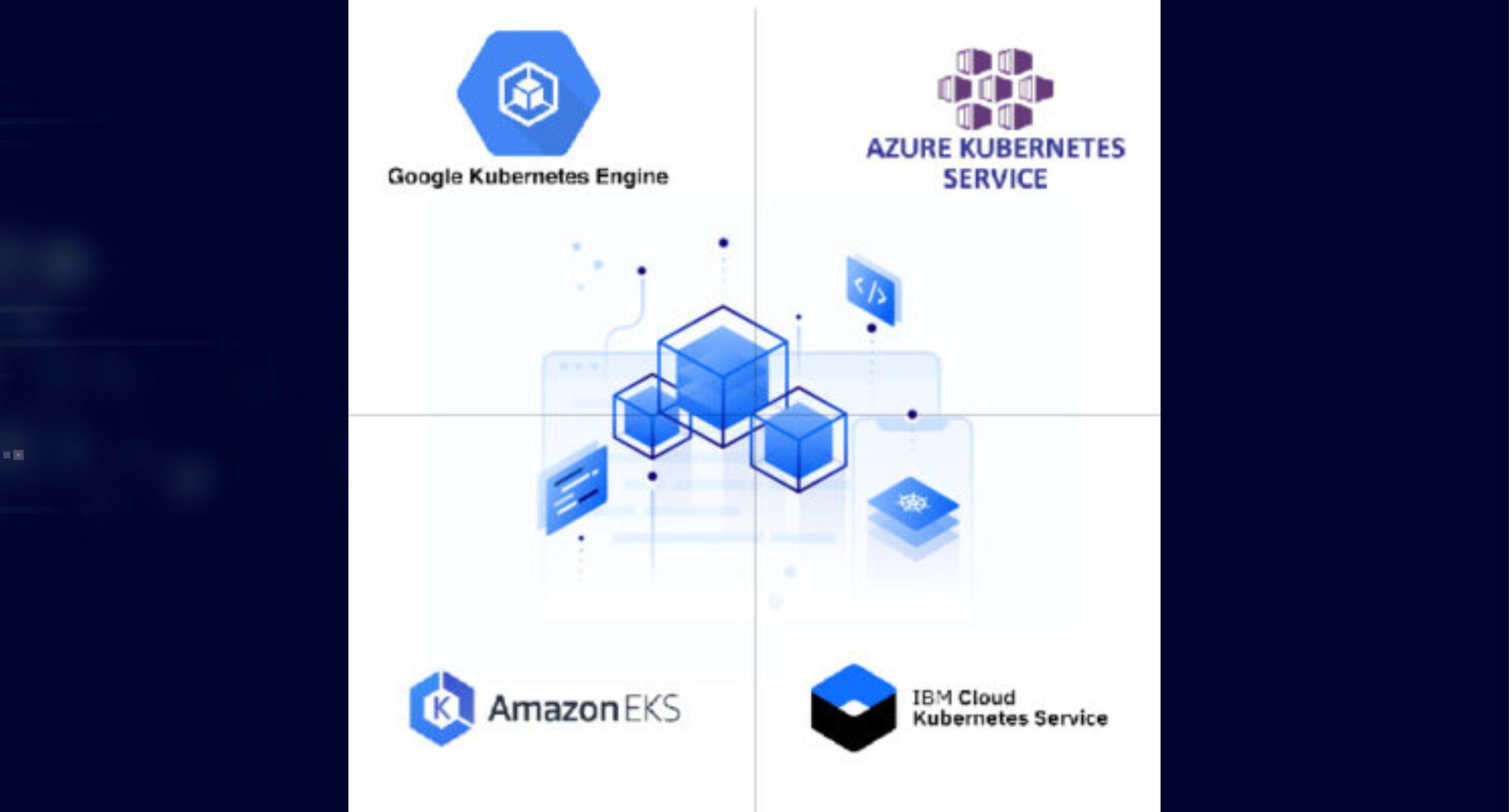Blockchain is known as a disruptive technology for the banking sector Enterprises are slowly realizing the value of blockchain technology. But it is surprising to know that, according to the Blockchain statistics banking sector is on top as the blockchain spenders worldwide.
This brings us the question, why and how the banking sector is a leading user of blockchain. Blockchain is permissionless, mainly for the users who don’t know each other but work on trust based on blockchain technology. Banking or government organizations are closed groups but are the major adopters of blockchain. Let DevSamurai Vietnam give you an overview about permissioned blockchain before coming to 3 blockchain frameworks’s comparison.
Permissioned blockchain:
The use of permissioned Blockchains has increased. A closed ecosystem like banks or government organizations uses the permissioned blockchain to initiate trust between the stakeholders for their transactions. The group has known members comfortable to comply with regulations and need complete control of data.
Permissioned blockchain inherits the transparency from permissionless blockchain like Bitcoin, but there some more factors for permissioned making it usable for the closed groups.
1) Anonymity:
In Permisssioned blockchain, the business organization decides the transparency rule. Privacy is decided at the central level and also at the user or organization level. User-related data that carry out the operations and transactions are stored extensively.
2) Decentralization:
Free negotiation and decentralization are user-dependent. Permissioned blockchains can be fully centralized or partially decentralized participants’ consensus.
3) Governance:
Governance is decided by the members of the business network, whereas these decisions depend on various factors.
Permissioned blockchain is efficient in performance than public blockchain as it avoids mining. Known for flexible, and customizable governance structure, scalability, performance, they are created for closed groups.
Here we’ll discuss the permissioned blockchain frameworks Hyperledger Fabric, R3 Corda, and Quorum designed for enterprise. All of these have the same characteristics of,
- Identify known participants.
- Permissioned networks for a closed group
- High transaction rate due to high performance.
- Conformations of low latency transactions.
- Maintaining privacy and confidentiality of transactions.
Recalibrate your enterprise with blockchain apps
This article will discuss the history of these blockchains and how they differ from each other.
1) Hyperledger Fabric:
Established by the Linux Foundation, it is an enterprise-grade permissioned distributed ledger technology platform. The framework delivers the key capabilities for enterprise and closed community networks.
a. Community:
Development community spread across the globe, with 35 active organizations and 200 + developers.
b. Modular:
The modular and configurable architecture enables innovation and versatility and is optimal for a broad range of industries in banking, HR, health care, and the digital music industry.
It also encourages a fair agreement for the industries satisfying and configuring themselves in multiple ways and various use-cases.
c. Programming language:
It supports the smart contracts built for general-purpose using Node.js, GO, Java creating an opportunity for developers working in this field.
d. Pluggable consensus protocols
It supports pluggable consensus protocols like crash fault-tolerance or byzantine fault tolerance for a customizable platform fitting particular cases and trust models.
2) R3 Corda:
The only blockchain platform available for enterprises and businesses to offer scalability, interop-portability.
Financial services, supply chain, healthcare, insurance, Digital identity, and many industries are building an application on Corda.
1) Community:
Blockchain benefits are nest and released when there is a network connection. R3 provides an ecosystem, of 300+ diverse firms helping industry-wide collaboration?
Corda enterprise harnesses the core elements of open-source and fine tunes for the business to run.
2) Support:
It has the world’s first blockchain application firewall, secure by design for deployment enterprise. The releases are on schedule and 24/7 support. It’s ready for every business.
3) Programming language:
It removes the cause of friction, using smart contacts, maintenance transaction history, and easily integrates it into the existing applications.
Easily used by existing developers, it incorporated RDBMS and java programs.
4) Global distribution of consensus:
The consensus agreed upon uses three ways.
- The pre-agreed rule for agreements during the transaction.
- Notary Pools for time-stamping and unique services.
- The writing process of complex protocols is done by a flow process.
3) Quorum:
The brainchild of JP Morgan is an enterprise-focused Ethereum blockchain for the financial sector. Its free and open-source nature makes it free to use without the Quorum blockchain platform.
1) Privacy and transparency:
Quorum abides by customizable transaction and network-level privacy. Customization and validation of smart contracts that are private and public at each node. Privacy smart contracts are widely used between known organizations or approved by a third party. A zero-knowledge security layer for uncompromised settlements is applied.
2) Performance and throughput:
Known for performance, it handles 100 transactions/ sec, smart contracts, network configuration, vote-based QuorumChain RAFT consensus algorithm, and Istanbul BFT consensus algorithm is utilized to handles the performance.
3) Permission and governance:
Permissioned approach is essential for financial institutes, and handled by participants or using best practices of cybersecurity.
- Trust: Signature validation is bought by Quorum bringing trust in permissioned networks, to avoid anonymous networks.
- Maturity: Placed on Ethereum, it works on the latest releases of Ehtereum bringing a matured blockchain that is developing and evolving with Ethereum.
4) Community:
Quorum invites the developers for the contribution that has made itself into the huge community. It uses a similar license to Ethereum.
HyperLedger Fabric VS R3 Corda VS Quorum:
These are enterprise-ready and based on Ethereum, making us curious about the best cases to use these permissioned blockchain frameworks.
1) Approach:
All three frameworks are enterprise-ready and work on large and complex scenarios but their approach is different.
Hyperledger Fabric takes a modular approach to work around the financial industry. It also extends the same concept for other industries. Corda is made for automating and recording legal arrangements, whereas Quorum focused on financial sectors.
2) Consensus Algorithm:
The consensus algorithm used by these three frameworks works is different and makes it unique for certain cases.
Hyperledger Fabric used a dynamic consensus algorithm to cover the entire translation. The transaction is executed and then committed. Efficient in scalability and performance it empowers all nodes at the same time.
Corda focuses on banks for privacy and security. It uses a Notaries system to act similar to miners and also validate the transactions. Only after the validation, the transaction is added to the immutable chain, a notary can be centralized or decentralized, the decision depends upon the banks interacting on this framework.
Quorum used “QuorumChain” which works on majority voting carried by a few nodes capable of voting. All the votes are not permitted to vote, for fault tolerance it uses Istanbul BFT and Raft-based models.
3) Peer Participation:
Peer participation is based on consensus as all three are permissioned enterprise blockchain frameworks.
4) Smart Contracts:
All use smart contracts but have their uniques approaches.
Hyperledger Fabric uses “Chaincode”, written in Go or Node.js.
Corda uses Ricardian Contract, with the Java, Kotin programming languages.
Quorum uses the Solidity tool to program and allows both private or public smart contracts.
Track the non-trackable using blockchain in the supply chain.
Takeaway:
Though all the frameworks are promising blockchain technology, they target closed groups, there are subtle differences in their approach in resolving the problems faced by industries. We have tried highlighting the major difference that covers the programming language, algorithm, community, and the depth of privacy they provide for the users.
Contact DevSamurai Vietnam for more information about enterprise blockchain frameworks or to deploy your own blockchain apps.

